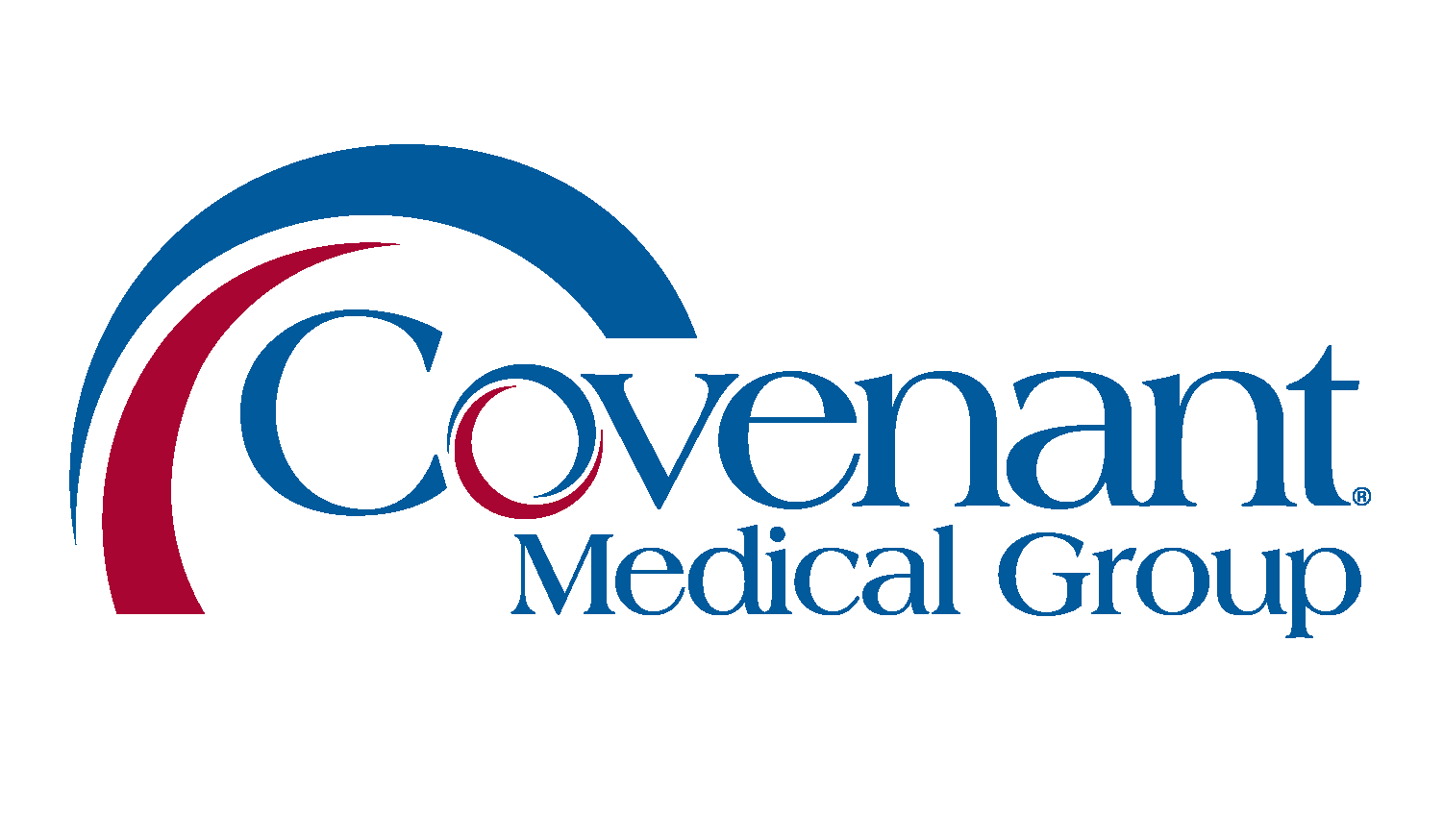Triple Negative Breast Cancer
Compassionate surgical care you can trust

Triple Negative Breast Cancer (TNBC) is the next frontier in the march towards finding a cure for breast cancer. Most breast cancers we can treat, because most breast cancers have a target we can exploit: the estrogen receptor, the progesterone receptor or the Her2 receptor. In these breast cancers, we can shut down the receptors with targeted therapies, such as tamoxifen or Herceptin (trastuzumab), stop growth and kill the cancer. Triple Negative Breast Cancers do not express these receptors and therefore, early detection and surgery become the mainstays of therapy for Triple Negative Breast Cancer.
Not all Triple Negative Breast Cancers are the same, however.
The most famous variant of Triple Negative Breast Cancer is the BRCA variant. A mutated BRCA gene, leads to a malfunction in DNA repair that puts the breast at higher risk for becoming cancerous. Sometimes a spontaneous mutation of the DNA repair mechanism occurs and these Triple Negative Breast Cancers are said to have BRCAness. DNA repair occurs in one of two ways, just like you may use one of two mechanics you know to repair your car. If one of the mechanics is sick, you can always go to the second mechanic. But if the second mechanic is sick, you cannot repair your car. In DNA repair, the PARP protein is the second mechanic. If BRCA makes the first mechanic sick, then perhaps we can intentionally make the second mechanic sick by inhibiting the PARP protein. If a cell cannot repair its DNA, then it dies. If we can prevent a breast cancer from repairing its DNA, then surely, we can get the cancer to die. Healthy cells may die as well, but because cancers grow so much faster, cancers are more likely to die from broken DNA than healthy cells. PARP protein inhibition is an active area of research in the search for a cure.
There are many other subtypes of Triple Negative Breast Cancer and research is intense in trying to find a cure. Some Triple Negative Breast Cancers express an androgen receptor and will respond to antiestrogen therapy, much like Ductal Breast Cancer that has an estrogen receptor and can be treated with antiestrogen therapy such as tamoxifen.
Some Triple Negative Breast Cancers are really HER-2 positive breast cancers and will respond to anti-HER-2 therapy. Although the Triple Negative Breast Cancers do not overexpress the Her2 receptor, genomic microarray analysis can find the overly active Her2 gene.
Many Triple Negative Breast Cancers grow by mechanisms we just do not understand and are thus very difficult to treat. We use standard breast cancer chemotherapy to treat Triple Negative Breast Cancer and fortunately, over half of the time, Triple Negative Breast Cancers will respond and go away. And for those Triple Negative Cancers that are not completely killed by standard chemotherapy, we now have second line therapies that are able to kill a few more of these Triple Negative Breast Cancers.
Triple Negative Breast Cancers, that are greater than 2 cm or that have spread to the lymph nodes, should be treated with chemotherapy prior to any surgical treatment. If a Triple Negative Breast Cancer goes away after receiving chemotherapy, then we know that the risk of recurrence is very low. However, if the cancer does not go away, there are options for second line chemotherapy agents. The only way to know if you need a second line chemotherapy agent, is to monitor the response of your Triple Negative Breast Cancer to standard chemotherapy.
The best way to treat Triple Negative Breast Cancer is to detect the cancer early and cut it out before it reaches 2cm, if not 1cm, in size. Your annual mammogram is your best defense against Triple Negative Breast Cancer.
We are making great progress in the fight against Triple Negative Breast Cancers. Do not give up hope because there are hundreds of scientists, thousands of physicians, multitudes of nurses and myriads of students studying day and night to find a cure for Triple Negative Breast Cancer.

